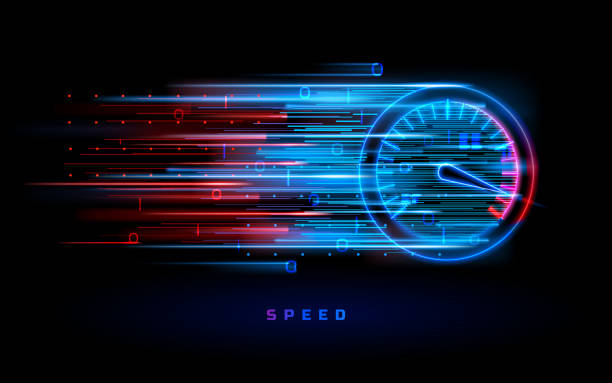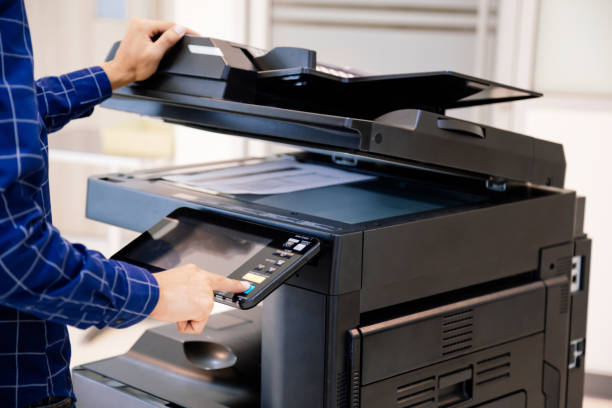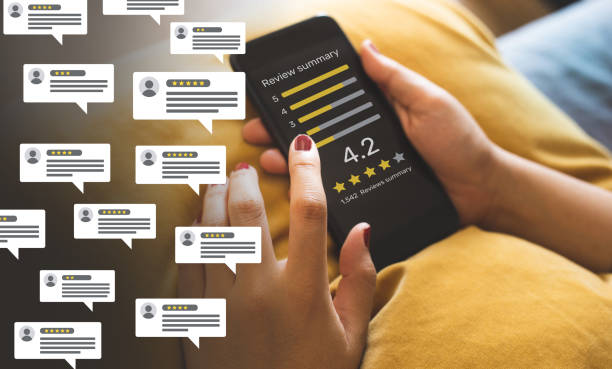Detecting fraudulent DNA results is important, as inaccurate test results can have serious consequences. There are several indicators of counterfeit DNA test results that you should be aware of, including fake DNA test reports that do not include a probability or confidence level. To spot a fake DNA test result, you can follow some tips for recognizing fake DNA test results, such as verifying the credibility of the laboratory that performed the test and checking the results against other known information about the individuals involved. In this article, we have given 8 pro tips on How to spot a fake DNA Test Results.
It is also a good idea to seek additional testing to confirm the results of the initial DNA test, as this can help to verify the authenticity of the DNA test results. If you have any concerns about the validity of a DNA test result, you can try to identify a fraudulent DNA test result by consulting a professional, such as a medical professional or a legal expert. They can provide guidance on how to determine if the results are genuine and can help you to understand the steps you should take next.
Must Read: Why is DNA Extraction Important?
DNA Tests
A DNA test is a laboratory procedure that analyzes a person’s DNA in order to determine their genetic makeup. There are many different types of DNA tests, each of which serves a specific purpose. Some common types of DNA tests include:
- Ancestry DNA tests: These tests analyze a person’s DNA to determine their ancestry and ethnic background.
- Health DNA tests: These tests analyze a person’s DNA to identify genetic risk factors for certain medical conditions, such as certain cancers or inherited disorders.
- Paternity DNA tests: These tests are used to determine whether a man is the biological father of a child.
- Forensic DNA tests: These tests are used in criminal investigations to identify the perpetrator of a crime.
To perform a DNA test, a sample of DNA is usually collected from a person’s cheek cells (by swabbing the inside of the cheek) or from a sample of blood. The DNA sample is then analyzed in a laboratory, where it is compared to a reference DNA sample to determine the person’s genetic makeup. The results of a DNA test can be used to make decisions about a person’s health, ancestry, or legal status.
Paternity DNA Test Results
Paternity DNA tests are used to determine whether a man is the biological father of a child. These tests work by comparing the DNA of the man in question to that of the child. If the man is the biological father, then their DNA will contain certain markers that are also present in the child’s DNA. By analyzing these markers, it is possible to determine with a high degree of accuracy whether the man is the child’s biological father.
The results of a paternity DNA test are typically presented in the form of a report that indicates whether the man is the biological father of the child. In cases where the man is not the biological father, the report will typically indicate this with a probability of 99% or higher. In cases where the man is the biological father, the report will typically indicate this with a probability of 99.9% or higher.
It is important to note that paternity DNA tests are typically very accurate, but they are not foolproof. There is always a small chance that the results of a paternity DNA test could be incorrect, due to factors such as laboratory error or the presence of rare genetic mutations. For this reason, it is generally recommended to confirm the results of a paternity DNA test through additional testing, if possible.
RELATED: Forensic DNA Analysis
8 Sings to Spot a fake DNA Test Results?
There are several signs that a paternity test result may be fake or fraudulent. Some possible indicators of fake paternity test results include:
1. The results are provided very quickly

Legitimate paternity tests typically take several days to process, so if you receive results within a few hours or even a few days, this may be a red flag.
2. The results do not include a probability or confidence level

Legitimate paternity test results will typically include a probability or confidence level, which indicates the likelihood that the man in question is the biological father. If the results do not include this information, this may be a sign that the results are fake.
3. The results are not consistent with other known information

If the paternity test results do not match up with other known information about the alleged father and child (such as their physical characteristics or medical history), this may be a sign that the results are fake.
4. The results are not issued by a reputable laboratory

It is important to make sure that the laboratory that performs the paternity test is reputable and has a good track record. If the laboratory is not well-known or does not have a good reputation, this may be a sign that the results are not reliable.
5. The results are not backed up by additional testing

If the paternity test results are not confirmed by additional testing, this may be a sign that the results are not reliable.
6. The results are not consistent with the laws of genetics

If the paternity test results seem to defy the laws of genetics (for example, if the alleged father and child have very different physical characteristics but the test indicates a high probability of paternity), this may be a sign that the results are fake.
7. The results are not provided on official letterhead or in a professional format

If the paternity test results are not provided in a professional format (such as on official letterhead), this may be a sign that the results are not legitimate.
8. The company or individual offering the test has a questionable reputation

If the company or individual offering the paternity test has a questionable reputation or is not well-known in the field, this may be a sign that the results are not reliable.
It is crucial to carefully evaluate paternity test results and consider all relevant information before making any decisions. If you have doubts about the accuracy of a paternity test, it is advisable to seek guidance from a healthcare professional or legal expert.
Conclusion
In conclusion, it is important to be cautious when interpreting paternity test results and to consider all of the available information before making any decisions based on the results. There are several indicators of fake paternity test results, including results that are provided very quickly, results that do not include a probability or confidence level, and results that are not consistent with other known information.
To protect yourself from fraudulent paternity test results, it is a good idea to verify the credibility of the laboratory that performed the test, seek additional testing to confirm the results, and consult a medical professional or a legal expert if you have any concerns. By following these guidelines, you can help to ensure that your paternity test results are reliable and accurate.